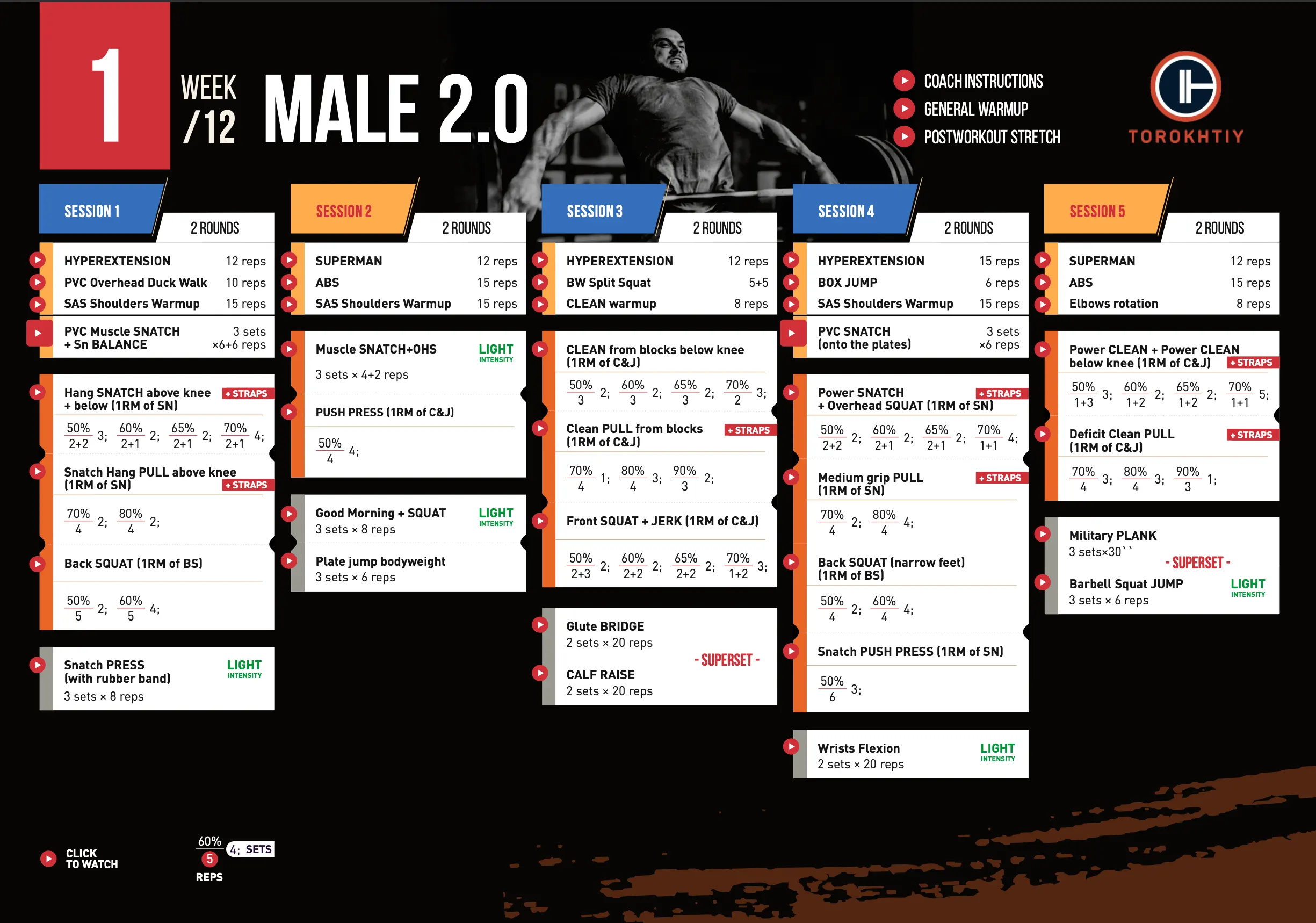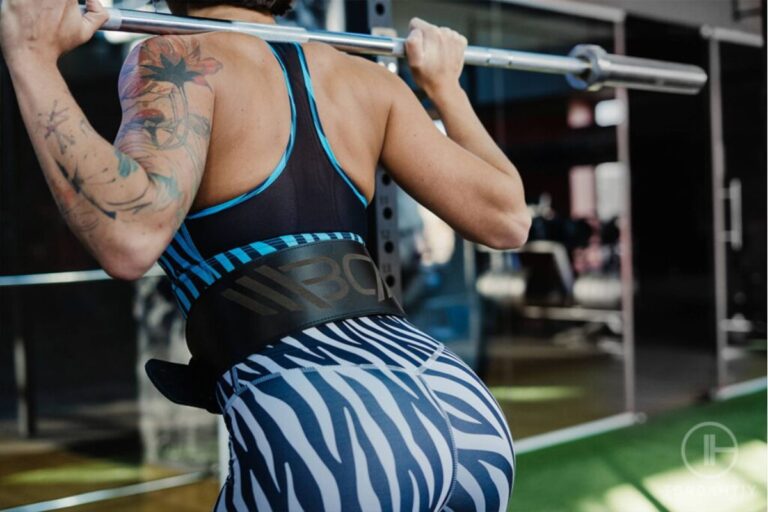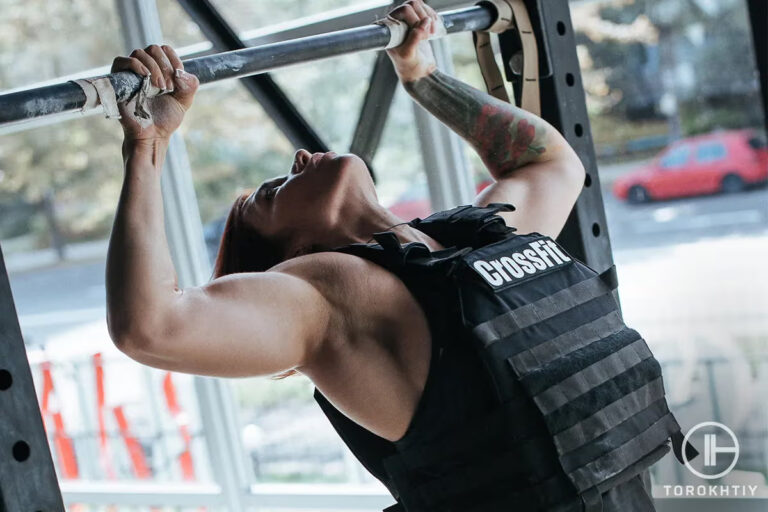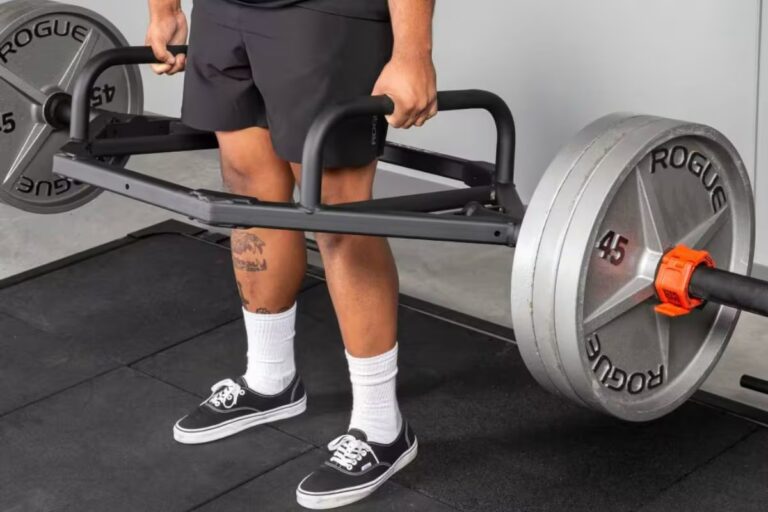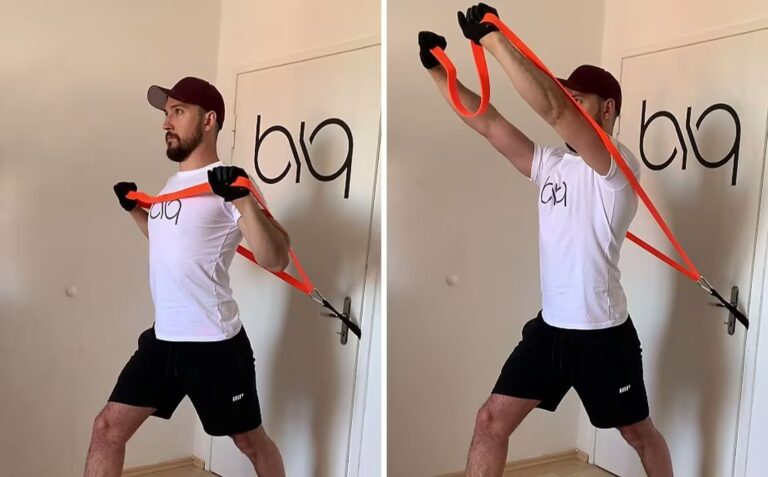Biomechanical Analysis of Technique. What Is It?
The proper technique for doing exercises in weightlifting, especially snatch and clean&jerk, is the decisive criterion for getting good results. If an athlete’s equipment does not meet certain standards, then he will not achieve high results!

Sooner or later there is such a moment where everyone stops seeing an increase in their results. And as the experience of many trainers shows, the main reason for this lies in the exercise technique. When lifting small weights those techniques may be absent or compensated for by the strength of the athlete. But when the athlete is lifting a barbell, technique becomes of the greatest importance.
Many athletes and even coaches do not understand why we need a biomechanical analysis of the bar and the athlete’s movement. By that logic, you might as well ask yourself why a driver needs a GPS or a speedometer in the car. For example, if you want to get from point A to point B the fastest way possible, then you choose the best option offered by the GPS and focus on it.
🔻12-Week Olympic Weightlifting Program by Oleksiy Torokhtiy
Transform your strength and technique with our 12-week Olympic Lifting Program, made up of 5 sessions per week.
It is designed by Olympic Champion for athletes who are looking to set new personal records safely in Snatch or Clean & Jerk.
Program details:
- 12 weeks + 2 bonus weeks
- 45-120 minutes per session
- 50+ specific exercises/98 video instructions
- Primary focus on Olympics Lifts
- Full access to all training content
- Weekly video coach instructions
Start now and boost your weightlifting results!
In weightlifting, during the biomechanical analysis, the way the barbell is lifted is determined precisely and not approximately (this is called the movement trajectory) and is then compared with the currently existing movement technique characteristics of the world’s strongest weightlifters (of your gender and weight).
Sports scientists have determined and created certain models of technical preparedness through various research methods, which guarantees the fastest way to achieve high results.
With the help of video computer analysis and special phone applications, you can simulate the trajectory of the projectile and understand the specifics of any mistakes.
I want to draw your attention to the 4 most common trajectories of the snatch implementation, so that we all see that “understanding technology” is not so simple as it seems at first glance.
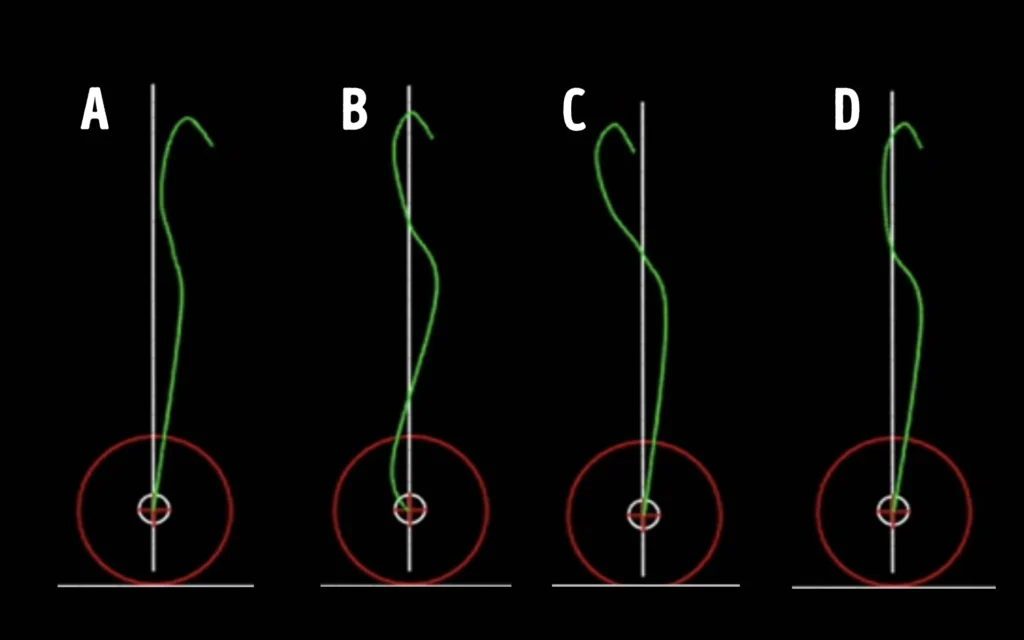
Trajectory A is the most common trajectory. Most athletes with this movement trajectory in the snatch tend to jump back during the power position. Most often this happens when the muscles of the athlete’s legs are much stronger than the muscles of his back and it is difficult for the athlete to make efforts vertically and in a balanced way.
Trajectory B – the bar moves forward and this may indicate a number of errors:
- wrong position of the bar and feet in the starting position, as a result of which the bar leads around the lower leg;
- lack of skill “to press the bar to oneself” due to the lats;
- improper starting motion due to directing the shoulders back.
In any case, the athlete loses his application of force power due to irrational leverage and angles.
Trajectory C is the “trajectory of a beginner.” With the wrong second pull technique, the athlete does not direct the barbell up, but “hits” it with his hips so it´s forced to move forward. In this case, the athlete is forced to follow the bar. Such a snatch execution often occurs for athletes who do not fully understand the essence and meaning of the power position.
Trajectory D is the “ideal trajectory.” In the first and second lift, the bar moves to the athlete; after a second pull, the bar moves strictly upwards and is fixed by the athlete slightly behind the vertical.
These examples very clearly show us how specific and complex the analysis of the snatch implementation can be.
Let’s return to our comparison between lifting a bar and driving a car. When driving a car, you use a speedometer to be able to, at a minimum, make sure you reach point B and also to select the optimum speed on certain road segments recommended by road signs. In weightlifting, if you want to achieve a great result, you also need to know how fast and in what areas of movement you need to “move”! This is something that even the most experienced coach wouldn´t be able to determine just by looking.
So if biomechanical analysis is so important for an athlete that is really determined to achieve high results, which technique characteristics should be taken into account? Indeed, there are a lot of technical indicators and all of them are important. But for analysis, they need to have a certain level of knowledge in order to understand the feasibility of using them in specific situations.
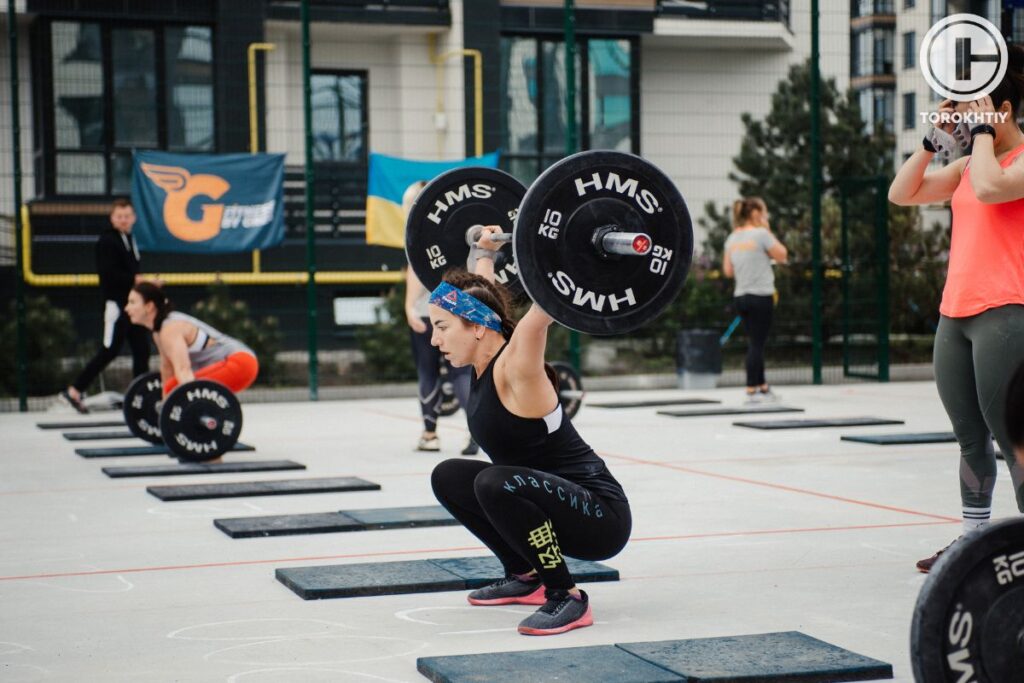
Therefore, my team and I have selected biomechanical characteristics that will allow us to understand and introduce methodological adjustments to competitive exercises, which will allow you to quickly improve your technique and bring training to a new, improved level.
In the Snatch and Clean they look like:
- the maximum speed of the barbell movement;
- the height of the barbell´s flight at the time of its maximum speed;
- the maximum height of the barbell´s flight and fixation of the bar (these numbers are calculated based on the athlete´s height).
When analyzing the Jerk from the chest the following things are taken into account:
- the squat depth;
- the maximum height of the barbell´s flight and fixation of the bar (taking into account the athlete’s height)
- the maximum speed of the bar movement.
According to the results of the analysis, the athlete receives an expert opinion on all technical parameters and recommendations on how to improve techniques, corrective exercises and optimization of the training process. This information will certainly help to make the training process more qualitative and effective and as a result, you can reach new kilograms and records!
Why Trust Us?
With over 20 years in Olympic Weightlifting, our team does its best to provide the audience with ultimate support and meet the needs and requirements of advanced athletes and professional lifters, as well as people who strive to open new opportunities and develop their physical capabilities with us.
By trusting the recommendations of our certified experts in coaching, nutrition, dietology, and sports training programming, as well as scientific consultants, and physiotherapists, we provide you with thorough, well-considered, and scientifically proven content. All the information given in the articles concerning workout programming, separate exercises, and athletic performance, in general, is based on verified data. We ensure that you can rely on our professionals’ pieces of advice and recommendations that can be treated as personalized ones which will benefit you and fully meet your needs.
The product testing process is described in more detail here
Author: Oleksiy Torokhtiy
Olympic Weightlifting Champion
Best Results: Snatch – 200 kg,
C&J – 240 kg
Oleksiy Torokhtiy is a professional athlete boasting 20 years of experience in Olympic weightlifting. With multiple European and World titles under his belt, he has showcased his prowess in two Olympic Games (Beijing 2008 and London 2012). Upon concluding his illustrious career, Oleksiy dedicated himself to coaching. By 2022, he had conducted over 200 weightlifting seminars worldwide. He is the visionary behind an international sportswear and accessories brand known for its motto, “Warm Body Cold Mind.” Additionally, he is an esteemed author and the creator of a series of training programs and eBooks.

